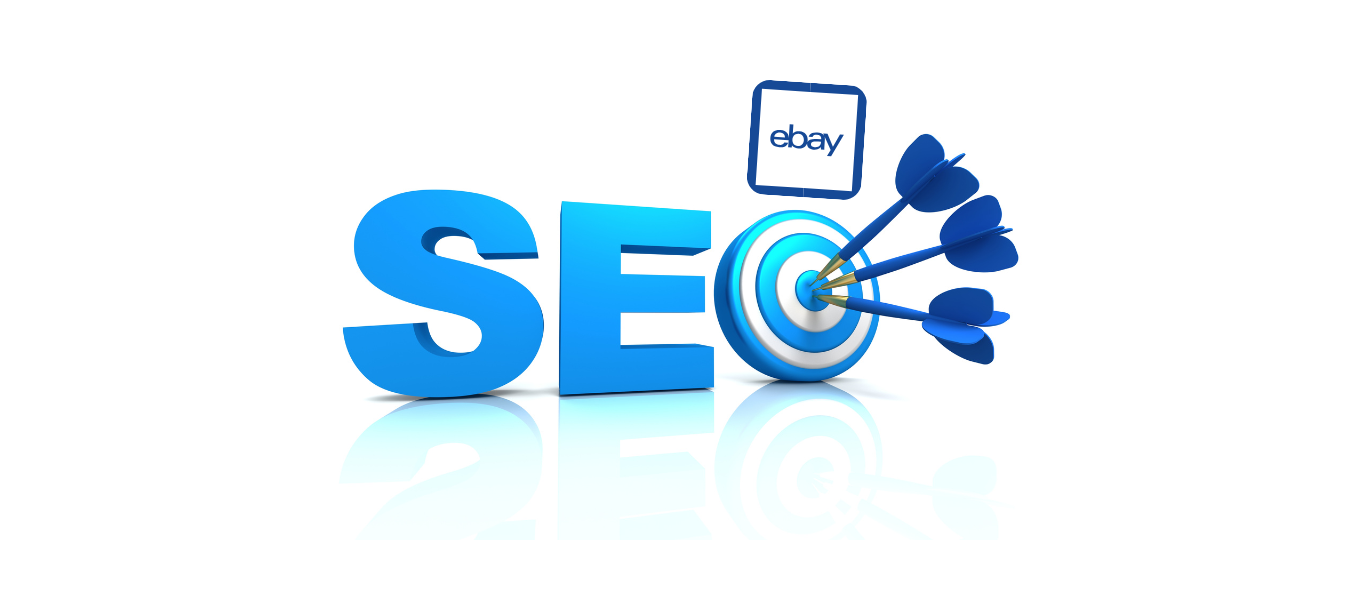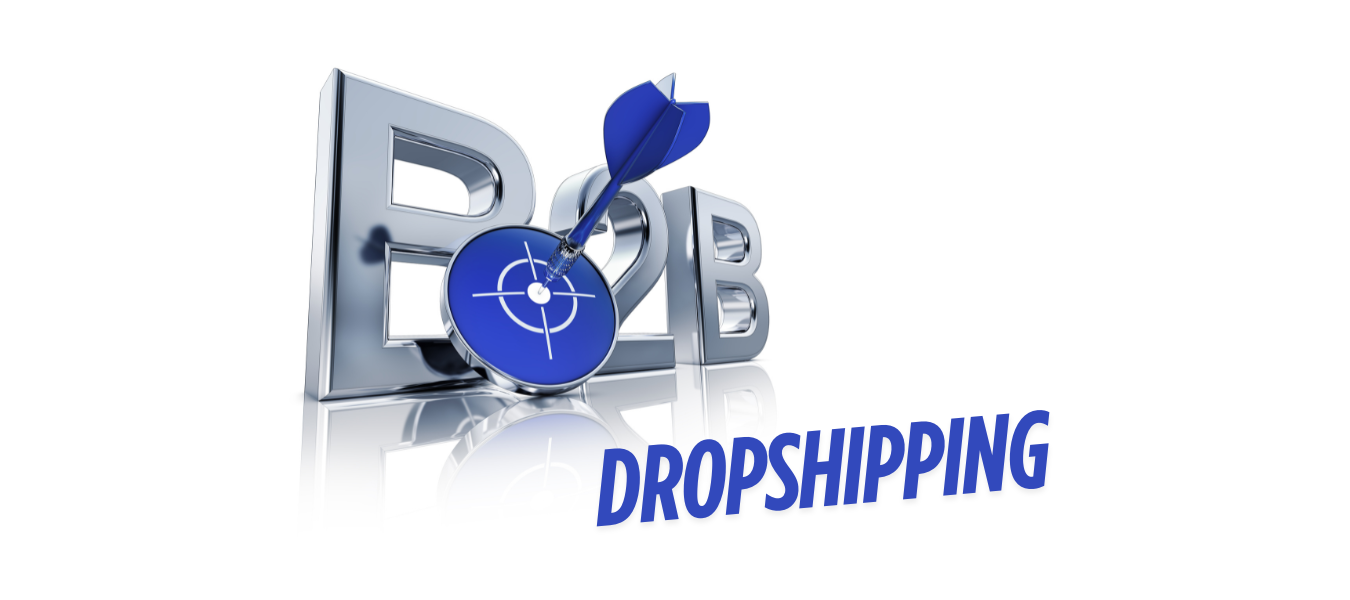



Selling digital products online is one of the smartest and most scalable ways to build a business in 2025. Unlike physical goods, digital products have no inventory, no shipping costs, and can be sold an unlimited number of times — making them a perfect source of passive income. Whether you’re a content creator, entrepreneur, or freelancer, the opportunity to create and sell digital goods has never been better.
From online courses and ebooks to design templates, stock media, and mobile apps, digital products come in many shapes and forms — each offering huge profit potential. But which ones are the most lucrative? And how do you create digital products people actually want to buy? Let’s find out!
A digital product is any item that exists purely in a digital format — so, once again — no physical inventory, no packaging, no shipping. Instead, it’s delivered instantly through a website, app, or email, making it one of the easiest and most profitable ways to sell online.
The concept is simple: instead of selling physical goods, you create and sell digital files, access passes, or subscriptions. Think about how often you’ve bought an ebook, downloaded a Canva template, or taken an online course — these are all examples of digital products.
Digital products come in many forms, including:
If you’ve ever dreamed of running a business where you’re not tied to physical goods, digital products are the way to go.
Our daily life is already fully digital. Whether you’re reading an ebook, taking an online course, or downloading a design template, digital products are everywhere. But here’s the real question: why are you just consuming digital products, if you can sell them too? Just think about this:
So, why are digital products booming?
Because they’re fast, flexible, and hassle-free! People want instant access to knowledge, tools, and creative assets — without shipping delays or extra costs.
From online courses and audiobooks to design templates and stock videos, digital products make learning, creating, and running a business easier than ever. Exclusive content memberships and automation tools are also on the rise, helping creators and businesses save time and boost efficiency.
2025 is the perfect time to start because demand is at an all-time high. More and more people are willing to pay for convenience, knowledge, and creativity — and digital goods deliver exactly that. But what exactly will you sell? Well, now it’s time to grab some free ideas!
Ever wished you could teach something once and get paid for it over and over again? That’s exactly what online courses let you do. Whether it’s business coaching, fitness training, or digital marketing, people are always looking to learn new skills — and they’re willing to pay for it. The best part? You don’t need a fancy studio or a Hollywood budget.
A well-structured course with clear lessons, engaging videos, and helpful resources like quizzes or workbooks can turn into a passive income machine. You just need to make updates when your content becomes outdated or loses relevancy.
Platforms like Teachable, Udemy, and Kajabi make it super easy to launch and sell courses, and once you build an audience, you can even bundle your courses with exclusive memberships or live Q&A sessions for extra value.
If you love writing, why not turn your words into something more? Ebooks and audiobooks are insanely profitable because they have zero printing, shipping, or storage costs, and you can sell them forever. Whether it’s a business guide, a self-improvement book, a cookbook, or even a romance novel, there’s a market for it. Platforms like Amazon Kindle Direct Publishing (KDP), Gumroad, and Apple Books make it super easy to publish, and you can even repurpose blog content into an ebook for fast passive income.
Plus, audiobooks are growing three times faster than ebooks, so if you’ve got a great voice (or know someone who does), you can record your own audiobook with Audacity or Adobe Audition and sell it on Audible or Findaway Voices.
Bonus Tip: Many entrepreneurs bundle ebooks with online courses to make their offer even more irresistible.
People love shortcuts. Why start from scratch when you can use a ready-made template, right? From Instagram posts and business presentations to website themes and budgeting spreadsheets, digital templates save people time and effort — which makes them highly sellable. Businesses and content creators are always searching for professional-looking Canva templates, PowerPoint slides, or resume designs that they can customize in minutes.
If you have a knack for design or organization, platforms like Etsy, Creative Market, and Envato Elements make it easy to sell templates. Once uploaded, they can generate recurring sales with zero extra work, making them one of the most passive income-friendly digital products out there.
Printables are one of the easiest digital products to sell because they require minimal upkeep and can be sold indefinitely. These are downloadable PDF files that customers can print at home, such as planners, budget trackers, meal prep sheets, fitness guides, daily journals, and educational worksheets or some motivational wall art, gift tags, and even wedding invitations.
The appeal of printables is that they are affordable, easy to use, and highly customizable. If you have some skills in design, you can create a wide range of printables to cater to different niches. Selling on platforms like Etsy and Gumroad makes reaching your target audience effortless.
The digital audio industry is exploding, with 460+ million podcast listeners worldwide and a growing demand for royalty-free music. Independent musicians and producers can sell stock music, beats, background scores, or sound effects on platforms like Epidemic Sound, Pond5, and Artlist. DJs and artists can monetize remix packs, sample libraries, and sound design kits for other creators to use in their projects.
On the podcasting side, there’s an opportunity to create premium, ad-free content, exclusive bonus episodes, or private membership communities through platforms like Supercast, Patreon, and Apple Podcasts Subscriptions.
With the rise of audio content, there’s never been a better time to turn your voice or melodies into a profitable digital product.
Ever notice how brands and content creators are obsessed with video right now? Video marketing is exploding, which means businesses, YouTubers, and agencies need high-quality stock footage all the time. If you’re a videographer, you can shoot once and sell forever by uploading footage to Shutterstock, Adobe Stock, and Pond5.
Whether it’s aerial drone footage, cinematic slow-motion shots, time-lapses, or business-related clips, high-resolution stock videos are essential for digital media projects. If you love videography, selling stock footage is a great way to monetize your skills without dealing with clients or deadlines.
Instagram, blogs, and marketing campaigns all need high-quality visuals, which is why stock photos and Lightroom presets sell like crazy. If you’re a photographer or just an enthusiast, you can list your best images on Adobe Stock, Shutterstock, or Unsplash and get paid every time someone downloads them.
We’ve also mentioned Lightroom presets, it’s one more way to get some extra cash. Lightroom presets allow users to apply professional-grade filters and edits to their photos with a single click. Presets are especially popular among travel influencers, fashion bloggers, and photographers, making Etsy, Creative Market, and Gumroad excellent marketplaces to sell them.
If you’ve successfully sold an online course, ebook, or licensed content, an excellent way to scale your business is by bundling your offerings into a subscription model. Instead of selling individual products, you can provide unlimited access to your full catalog for a monthly, yearly, or one-time fee — creating a steady stream of recurring revenue.
Take Snowboard Addiction, for example. They offer not just physical snowboarding gear but also digital tutorials and live online courses, turning their platform into a one-stop destination for snowboarding enthusiasts.
One of the biggest perks of a membership-based model is that it helps build a highly engaged community. Subscribers are not only loyal customers but also valuable feedback sources who can guide your next content or product launch. To make your membership more appealing, think about offering exclusive experiences like livestreams, members-only courses, or VIP coaching sessions — keeping customers engaged and giving them a reason to stay subscribed.
People love being part of exclusive groups, and digital memberships give them exactly that. If you’re an expert in a niche or have a strong community following, offering exclusive paid communities can be a great way to monetize your audience.
Digital memberships provide ongoing access to valuable content, coaching, private networking groups, and exclusive live streams. Many businesses and influencers create private Facebook groups, Slack channels, or Discord servers where members can connect and learn from one another. With subscription-based platforms like Kajabi, Mighty Networks, and Patreon, building and managing a paid community is easier than ever.
The key to a successful digital membership is offering consistent value, regular content updates, and active engagement to keep members inspired and interested.
Developing mobile apps may seem complex, but it’s one of the most profitable digital products to sell, especially with the growing reliance on mobile technology. Apps provide solutions to everyday problems, entertainment, or business automation tools. You don’t need to be a developer to enter the app business — you can hire freelancers or use app development platforms like Bubble to build an app without coding.
Popular types of mobile apps include productivity tools, fitness trackers, budgeting apps, and educational platforms. The most successful apps either solve a specific problem or provide entertainment and engagement. You can monetize through in-app purchases, premium versions, or ad revenue via the Apple App Store and Google Play Store.
So, you’ve got an overview of some great digital product ideas — now what? Selling digital goods online might seem daunting at first, but with the right strategy, it can be a smooth and rewarding process. Whether you’re selling online courses, ebooks, or stock photos, the key is to choose the right platform, market effectively, and optimize for sales. Here’s a step-by-step guide to help you get started:
Before you start selling, it’s important to define your niche and understand your target audience. Who are you creating for? What problems are you solving? For example, if you’re selling digital templates, your audience might be small business owners or social media managers. If you’re developing online courses, your audience could be students or professionals looking to upskill. Knowing your niche helps you tailor your product and marketing efforts to the right people.
Your digital product is your star player, so make sure it shines. Invest time in creating something that’s not only useful but also visually appealing and easy to use. For example, if you’re selling an ebook, ensure it’s well-written, professionally formatted, and includes eye-catching graphics. If you’re creating a course, break it into digestible modules and include interactive elements like quizzes or worksheets. Remember, quality is key to building trust and encouraging repeat customers.
Choosing the right platform is like picking the perfect storefront for your digital goods. Here we’ll highlight once again some of the best options:
Each platform has its strengths, so choose one that aligns with your product and audience.
Once you’ve chosen a platform, the next step is creating a high-converting sales page or setting up an online store. Include:
For example, if you’re selling an online course, your sales page could include a short video trailer, a list of modules, and testimonials from past students.
Pricing can make or break your sales. Research your competitors to see what they’re charging, and consider the value your product provides. For example, a comprehensive online course might be priced higher than a simple ebook. You can also experiment with pricing strategies like:
Even the best product won’t sell itself. Here’s how to get the word out:
Once your product is live, it’s time to optimize for sales. Here are some tips:
Most platforms offer analytics tools to track your sales and customer behavior. Use this data to refine your strategy. For example:
We hope this guide has given you the confidence to start selling digital products online. It’s one of the smartest ways to make money online in 2025. With no inventory, instant delivery, and unlimited scalability, it’s a low-risk, high-reward business model.
Don’t overthink it — pick a product, start small, and grow from there. The world is your oyster!





